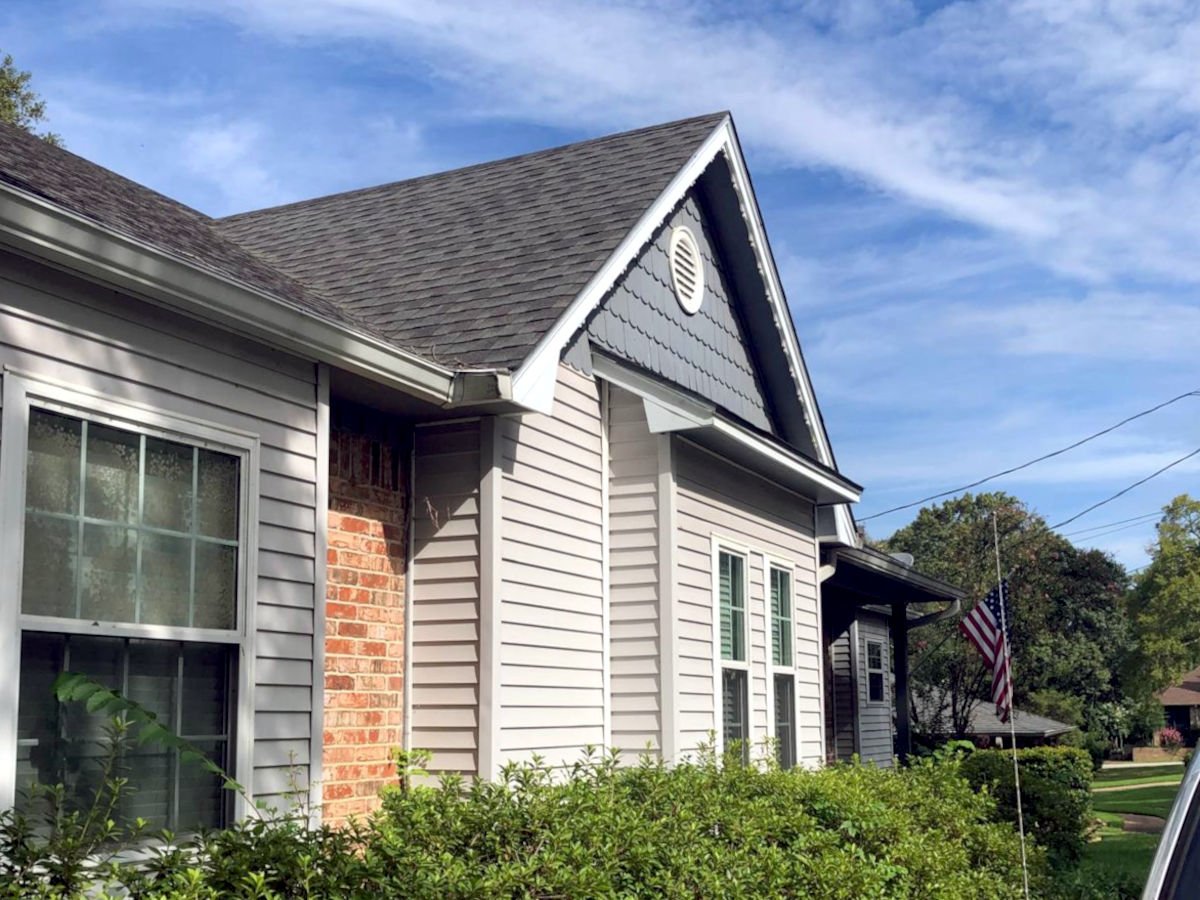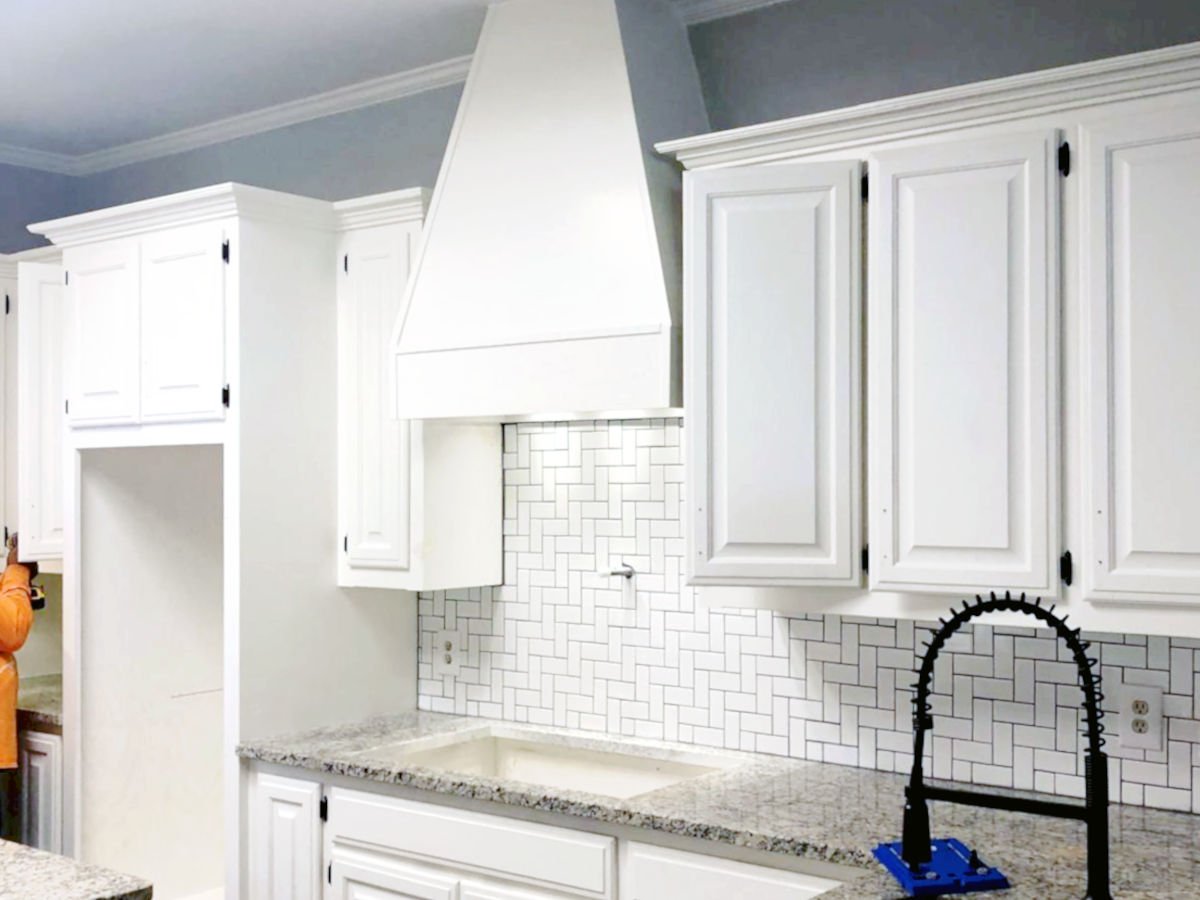When to Skip It and When You Shouldn’t
Does skipping primer really save time and money… or is it a costly mistake waiting to happen?
When it comes to painting your home, most homeowners just want beautiful, lasting results—without diving into technical paint jargon. But here’s the truth: primer isn’t just a fancy extra. In the right conditions, it’s a game-changer. And in others? You might be throwing away time and money. So… when can you skip it? And when should you never even think about it?
Let’s break it down in simple, real-world terms—because what you want isn’t more paint talk…
You want walls that wow, colors that pop, and finishes that last.
🎨 What Is Primer (and Why Should You Care)?
Think of primer as the undercoat that preps your surface for the paint to look its best. It helps the paint stick better, cover evenly, and stay vibrant for years. Skipping it in the wrong scenario can lead to peeling, patchy spots, or uneven color.
But here’s the twist: you don’t always need it. That’s right. If your surface is in great shape and you’re just refreshing a wall with a similar color, you might not need to prime at all.
So when is it necessary? And when is it just overkill?
✅ When You SHOULD Use Primer
1. Painting New Surfaces (Bare Drywall or Wood)
Fresh drywall or raw wood soak up paint like a sponge. Primer seals the surface and ensures smooth, even coverage. Without it, you’ll waste paint—and still end up with dull patches.
2. Switching from Dark to Light Colors
Trying to cover a bold red wall with a creamy white? Skip the primer and you’ll be adding coat after coat. A good primer hides the old color and creates a blank canvas for your new shade.
3. Stained or Damaged Walls
Smoke, grease, water stains? Primer is essential. It blocks these marks from bleeding through your topcoat. A pro knows exactly which type of primer to use to lock those stains out for good.
4. Glossy Surfaces (Like Cabinets or Trim)
Paint doesn’t stick well to glossy surfaces. Primer gives it the grip it needs to last. Otherwise, your paint may flake or peel within months.
5. Painting Over Oil-Based Paint
Water-based paint doesn’t stick to oil-based without a special bonding primer. Yes, this is the kind of detail pros handle for you.
🚫 When You Can Skip Primer
1. Repainting a Clean, Painted Wall with the Same (or Similar) Color
If your wall is already painted, in good shape, and you’re not making a dramatic color change, you may not need primer—just a high-quality paint with built-in primer.
2. Using Self-Priming Paint
Many modern paints include a primer in the formula. While this doesn’t replace primer in every scenario, it can be enough for minor repaints on well-prepared walls.
3. Working with Pre-Primed Materials
Some drywall, wood, and cabinets come factory-primed. No need to double up—just paint and go.
🧠 Real Talk: Why Hiring a Pro Makes the Difference
Sure, skipping primer can save a few hours. But if the surface wasn’t ready, you could face peeling, patching, or repainting—costing far more down the road.
When you hire a professional, you don’t just get paint.
You get surface prep, color expertise, premium materials, and a finish that feels like new construction—without lifting a finger.
It’s not about the paint… it’s about the result.
🔍 Topics to Explore in Upcoming Articles:
To help you make better decisions on your next home project, here are some topics we’ll dive into soon:
- “The Truth About Paint and Primer in One: Is It Worth It?”
- “Top 5 Signs You Hired the Wrong Painter”
- “How to Choose the Right Paint Finish (Matte, Satin, Gloss) for Each Room”
- “Does Paint Quality Really Matter? A Budget vs. Premium Showdown”
- “Why Prep Work Is 80% of a Perfect Paint Job”
🏡 Final Thoughts: It’s More Than Just Paint
Primer isn’t glamorous. It doesn’t add a “wow” factor… but it creates the foundation for it. Knowing when to use it is part of the craft. And if what you want is a flawless finish without surprises, trusting professionals who know when to skip and when to prime is the smartest move you can make.
Because your walls should make you smile every time you walk into the room.








Pingback: Oil-Based vs. Latex Paint: Which is Best for Exterior Use?